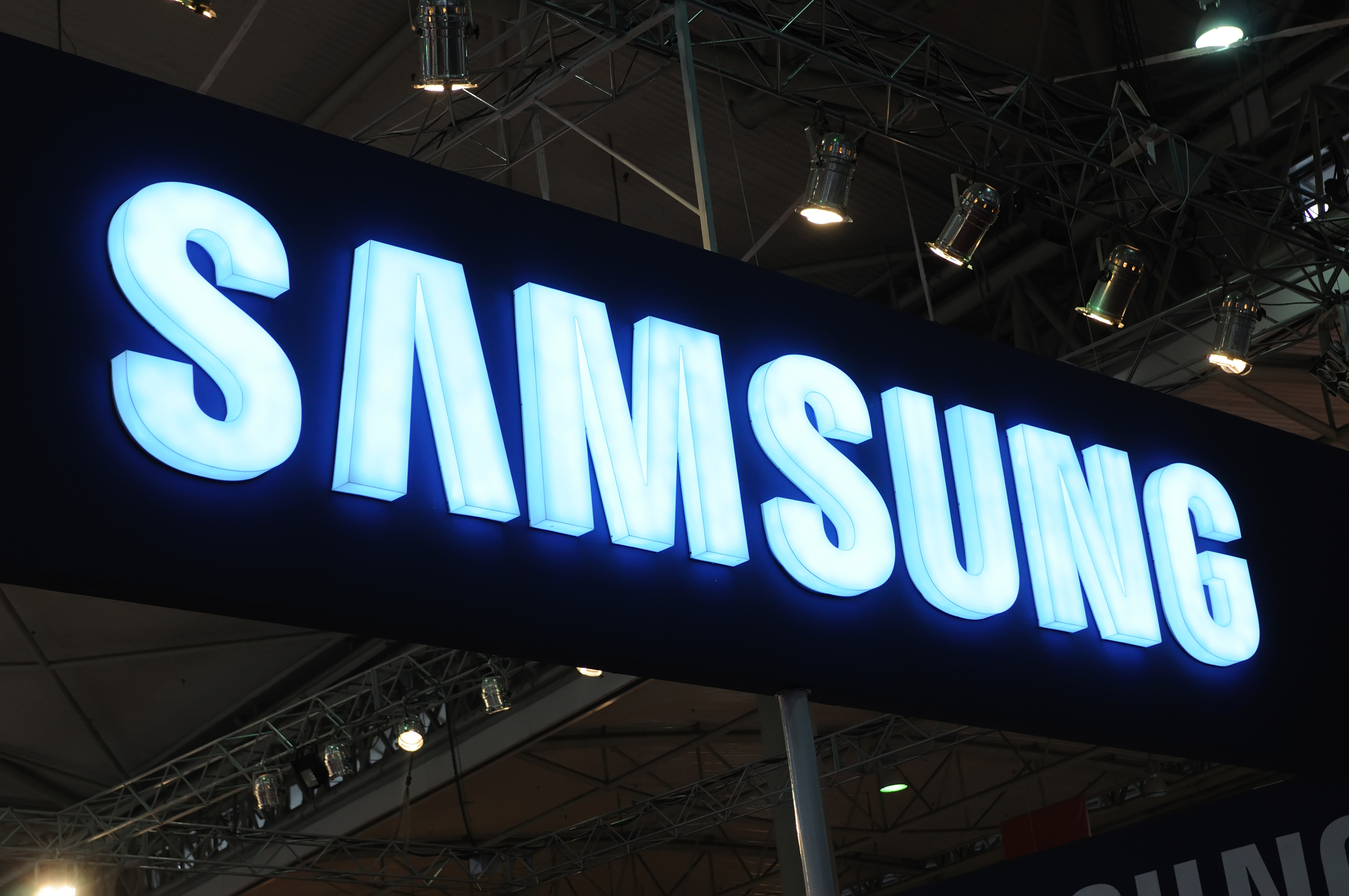One obstacle to widespread IoT adoption by consumers is the varying and often incompatible smart technology standards. It’s difficult for customers who don’t have highly technical backgrounds to set up seamless, cohesive home IoT ecosystems without expert help.
Now, Samsung is adding support for the popular IoT platform, Matter, that has the support of most major tech companies. This marks a giant leap forward toward the eventual goal of uniting all smart protocols under one platform so they can work together with devices from all other companies.
What is Matter, and why is this announcement so important?
Matter is perhaps the closest thing we have to a unified industry standard for connecting IoT devices. If you haven’t been sold on the idea yet, take a look at the list of major tech companies that expect Matter to be the “foundation and future of IoT”:
- Apple
- Amazon
- Huawei
- Kroger
- Texas Instruments
- Comcast
- and nearly 200 more
The unification of device standards under Matter echoes how Samsung has previously worked with other standards, such as Z-Wave and Zigbee. SmartThings was able to work with both standards, as long as users purchased separate hubs to manage and connect otherwise incompatible IoT devices on each different protocol.
The goal is to get most if not all tech production companies to use Matter as their standard so that each IoT device can be managed under one SmartThings hub, simplifying the process and making each network that more powerful. SmartThings and Matter is a powerhouse combination that expands IoT reach and compatibility in ways that had previously been very limited.
For consumers, this directly translates to a better user experience. Out of the box, it will be easier to connect and maintain a smart home network with multiple IoT devices. Additionally, when consumers shop for their next smart appliance or wearable, they will find a wider variety of compatible devices.
Samsung is focusing on unifying each device under the the umbrella of a single platform, so users will have the luxury (not to mention the simplicity) of choosing the exact devices they want to suit their needs, without worrying that those devices won’t all work together.
Remember when early tech adopters may have wanted a Samsung phone and an Apple smartwatch, but talked themselves out of it because of compatibility issues? This is the solution to the newest iteration of that problem—only scaled up over the whole smart home network of dozens of connected devices.
